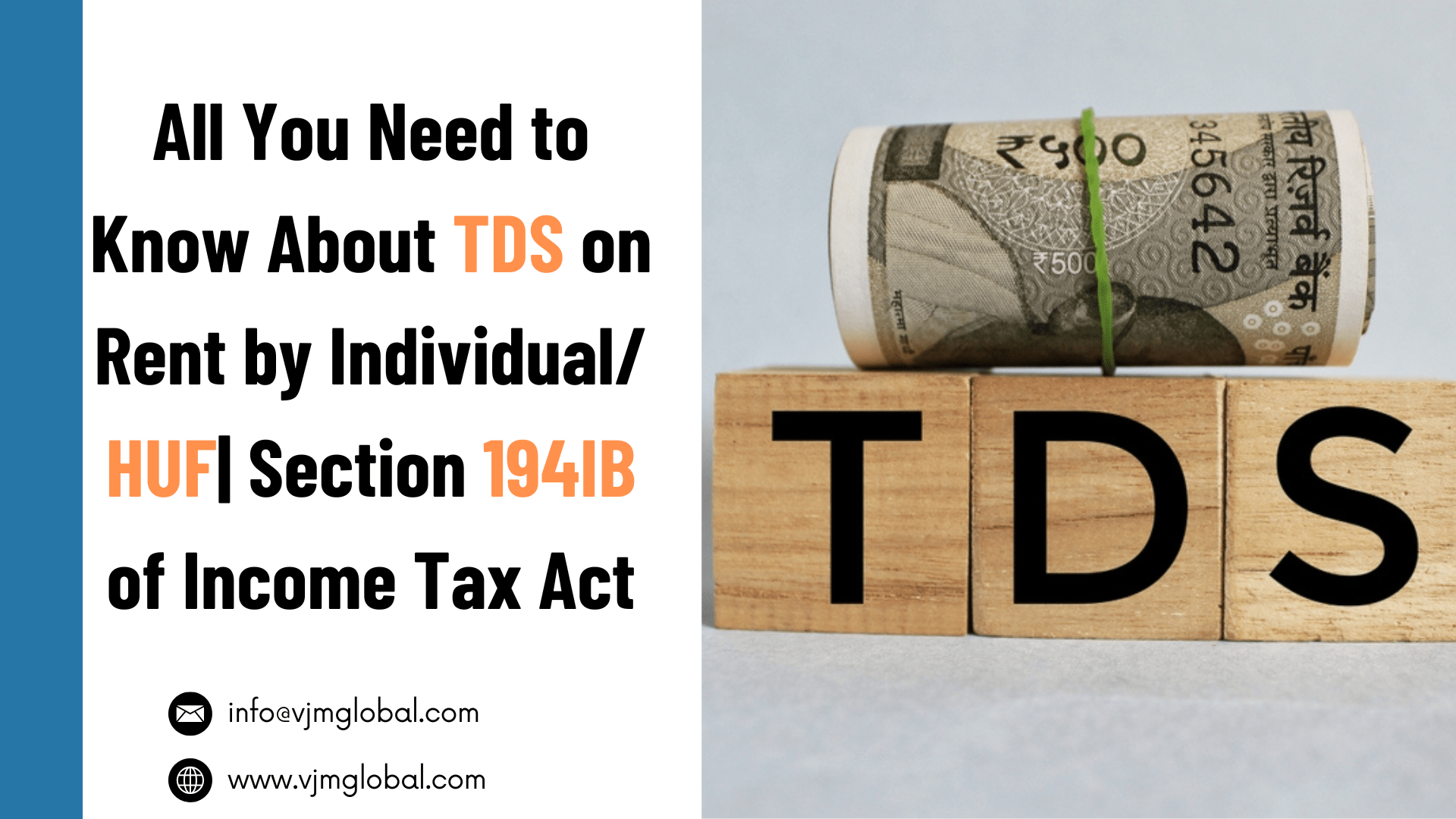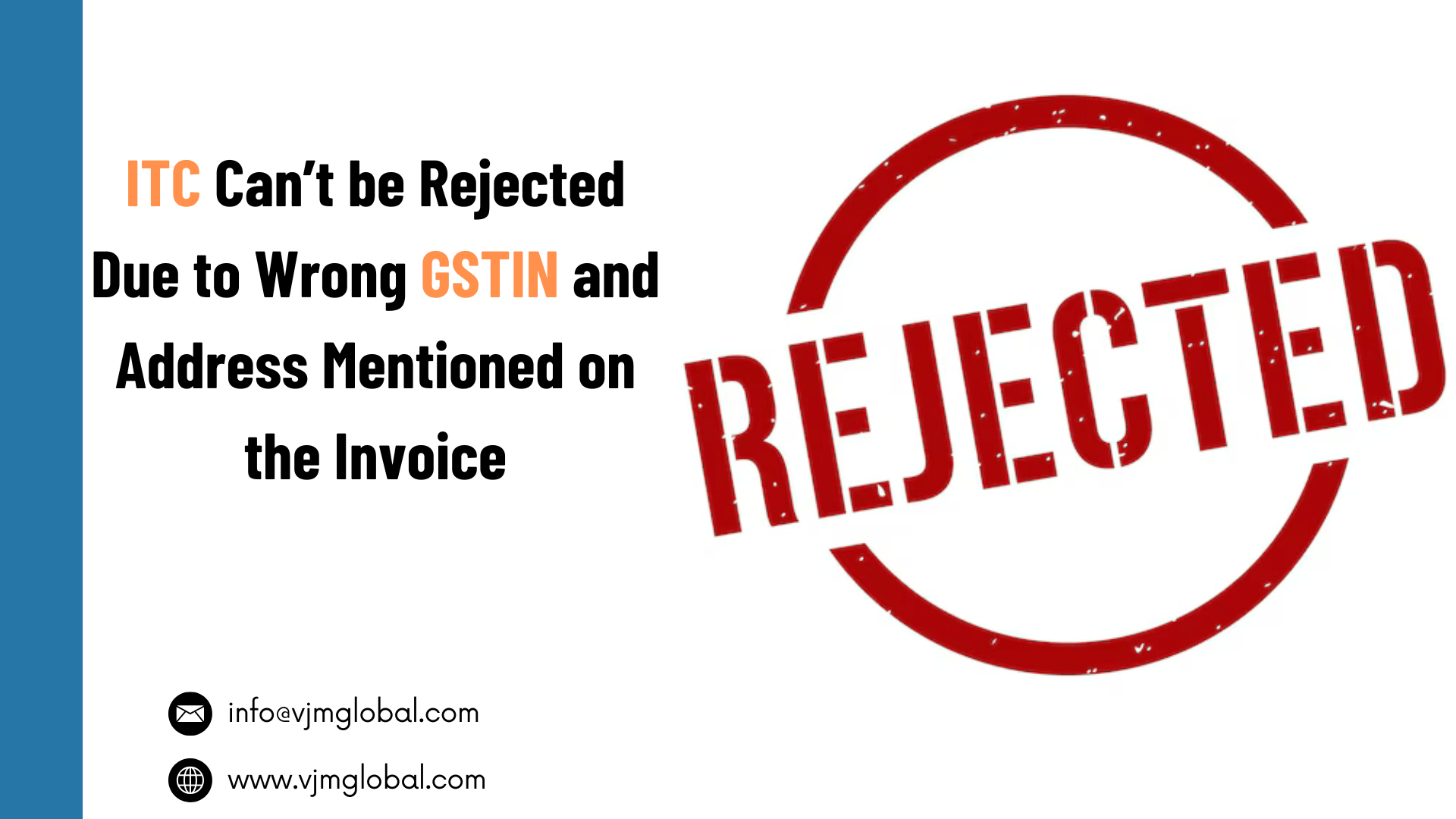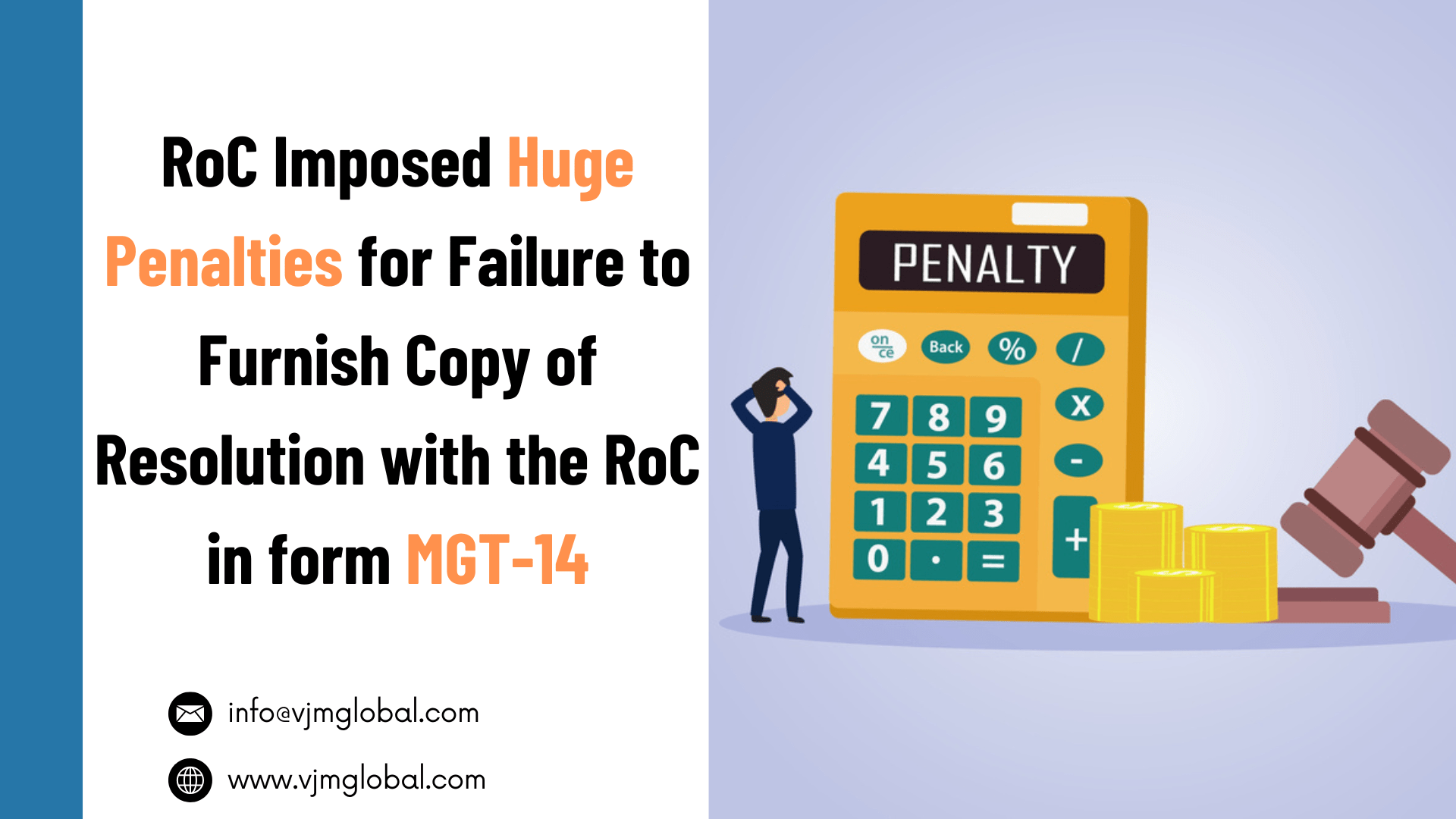Capital Reduction is a strategy used for long-term survival and better financial statements. Capital reduction is a useful tool for the company to reduce its accumulated losses and improve the Financial structure of the company. Under Capital Reduction, share capital of the company is reduced through different methods such as reducing face value of the shares, cancelling partial shares, cancelling a class of the shares, etc.
Like any other transaction, capital reduction also comes with Income tax implications in the hands of both shareholders and the company. This transaction may seem simple but it has different angles from Income Tax perspective.
This article carries out the details discussion of income tax implication of capital reduction in hands of shareholders:
1. What is capital reduction?
- Capital Reduction is a method wherein share capital of the company is reduced through different methods. Capital reduction is done through cancellation of shares and consideration for such cancellation is paid to the shareholders either in cash or in kind.
- For example, a company has two classes of equity shares. The Company decides capital reduction through cancellation of one class of equity share.
- In that case, the Company pays value to the shareholders whose shares are cancelled.
- One of the recent cases of capital reduction is of the Tata Motors Limited. The Company was having two class of equity shares (“A” Ordinary Shares and Ordinary Equity shares). The Company decided to cancel “A” ordinary shares.
- However, Tata Motors Limited allotted Ordinary Equity Shares in exchange of “A” Ordinary Shares.
2. Taxability of Capital Reduction in hands of Shareholders
- When a company reduces its capital, the consideration of reduced capital is paid to the shareholders either in cash or in kind.
- In such scenario, Consideration for cancelled shares is taxable in hands of the shareholders in following two forms:
- Deemed Dividend
- Capital Gain
2.1 Deemed Dividend:
- Following Section 2(22)(d) of Income Tax Act, 1961 deals with dividend income in case of capital reduction:
“(22) “dividend” includes—
..
(d) any distribution to its shareholders by a company on the reduction of its capital, to the extent to which the company possesses accumulated profits which arose after the end of the previous year ending next before the 1st day of April, 1933, whether such accumulated profits have been capitalised or not ;
..”
- As per Section 2(22)(d), in case of capital reduction, if a company has accumulated profits, whether capitalised or not, at the end of the previous financial year then the amount paid to the extent of such accumulated profits shall be considered as dividend income in the hands of shareholders.
- With effect from 1st April, 2020, Dividend Distribution Tax (“DDT”) has been abolished. Since then, the dividend income is taxable in hands of the shareholders. Accordingly, such dividend income shall be taxable in hands of shareholders.
- In some cases, shareholders may not actually receive the dividend amount in case. However, such dividend income is still taxable in hands of shareholders.
2.2 Capital Gains
- Shares are considered as “Capital Assets” as per Section 2(14) of Income Tax Act.
- Further, as per Section 2(47)(ii) of Income Tax Act, 1961, extinguishment of rights in capital assets shall be considered as transfer of shares. Relevant clause is reiterated below for ready reference:
“(47) “transfer”, in relation to a capital asset, includes,—
(i) the sale, exchange or relinquishment of the asset ; or
(ii) the extinguishment of any rights therein ; or
…”
- Since, the rights of the shareholder extinguishes due to cancellation of shares, such transaction shall be considered as “transfer” and accordingly such capital reduction shall be liable to capital gains.
- Consideration for transfer of shares shall be the consideration received, in cash or in kind, for share reduction in excess of the amount considered as deemed dividend.
- Period of holding for computation of capital gain shall be considered from the date of acquisition of shares reduced till the date of capital reduction.
2.3 Case Study
Income Tax implication in hands of shareholder can be understood with help of following example:
- Company A was having two class of equity shares namely “A” & “B”.
- The Company decided to carry out capital reduction with respect to Class “B” Shares.
- Total Number of Class B shares were 1,00,000 having face value of INR 10.
- Mr. X was holding 10,000 shares of Class “B” which where acquired at the rate of INR 50/-.
| Particulars | Case-I | Case-II | Case-III |
| Accumulated Profit at the end of previous year pertaining to class “B” shares | 25,00,000 | 25,00,000 | -10,00,000 |
| Dividend per share as per Section 2(22)(d) of the Act | 25/- | 25/- | – |
| Consideration provided in cash per share | 100/- | 2 shares of Class “A” having market value of INR 40/- on date of capital reduction | 30/- |
| Amount received by Mr. X in Bank account for capital reduction | 10,00,000/-(10,000*100) | NIL | 3,00,000(10,000*30) |
| Shares allotted of Class “A” in pursuant of capital reduction | – | 20,000 Shares of Class “A” worth INR 8,00,000/- | – |
| Deemed Dividend Income | 2,50,000/-(10,000*25) | 2,50,000/-(10,000* 25) | – |
| Sales Consideration for computation of Capital Gains | 7,50,000(10,00,000- 2,50,000) | 5,50,000(8,00,000-2,50,000) | 3,00,000 |
| Less: Cost of Acquisition | 5,00,000(10000*50) | 5,00,000 | 5,00,000 |
| Capital Gain/ Capital Loss(Short Term or Long term shall depend on the period of holding) | 2,50,000 | 50,000 | -2,00,000 |
| Remarks | Cost of Acquisition of Class “A” shares shall be INR 8,00,000 and date of acquisition shall be the date of allotment, i.e., date of capital reduction. |
3. Tax Implication in hands of the Company
- Since it is a capital transaction in the hands of the company, there will be no Income tax implication on the Company.
- However, since Dividend distributed by the company is liable to TDS, the Company shall deduct the TDS on the amount considered as the deemed dividend.
- In case where consideration is paid in kind, similar to case II, the company shall sell the newly allotted shares in the market which are required to paid TDS amount. E.g., TDS to be deducted in case II is INR 25,000 (2,50,000 * 10%). Market value of Class “A” shares is INR 40/-. The Company shall sell 625 shares in the market and shall deposit of the TDS of Mr. X. Accordingly, Mr. X will get the 19375 (20000-625) shares of Class A.
- In case of non-resident shareholders, The Company is liable to deduct Withholding Tax on Dividend income and capital gains amount as well.
4. Conclusion
The Shareholder needs to carry out proper calculation for the purpose of computation of capital Gains. Amount of Deemed Dividend can be extracted from Form 26AS, on which TDS is deducted. In case of allotment of new shares in consideration of reduced capital, the shareholders are required to pay income tax liability despite no amount is received in the bank account.














